Open fires provide warmth and enhance the visual appeal of living spaces, yet it is crucial to recognize that they can also pose potential health risks, which we explore in detail within this article.
Open fires are not safe, especially in homes where there are kids and pets around. Some of the dangers of home open fire include:
| Dangers | Causes |
| Fire Outbreak | This is caused by soot or creosote build-up in chimneys, sparks from the fire, unsafe fuels and fuel lighters, and going to bed without quenching the flames. |
| Burns | This is caused by accidental contact with the fire when refueling, and non-supervision of children and pets when the open fire is in operation. |
| Carbon monoxide poisoning | This is caused by using wet wood, poor ventilation, going to bed without quenching the flames, and leaving the chimney damper open when not in use. |
We will now go into detail on the various safety risks of open fires and how to prevent them. Keep reading!
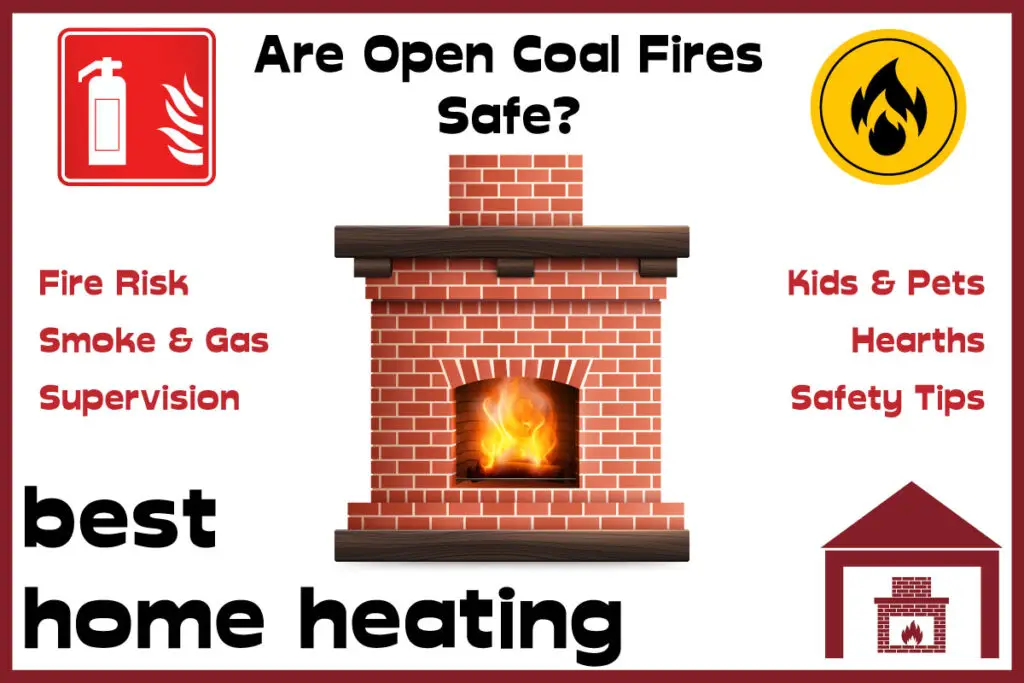
Safety Risks of Open Fires
The following are the safety risks of open coal fires at home:
Risk of Sparks and Spreading of the Fire
Open fires in living spaces are a high risk of fire outbreaks. This is because the flames from the fire can set light to flammable materials in an instant such as curtains and furniture.
Also, open fires send out sparks from the fire as the fuel (usually wood) burns. These sparks can ignite nearby materials and set everywhere ablaze.
Another situation is when the fire is being refueled. There is a risk of an uncontrolled fire if the open fire system is overloaded with fuel. The uncontrolled fire can easily engulf surrounding materials with the slightest contact and within seconds, the whole room is set ablaze.

Fumes, Smoke, and CO
This is the most prominent safety risk associated with open fires. Open fires generate carbon monoxide gases amidst other toxic gases since they run on various forms of products of biomaterials (eg wood), etc. This is a result of the incomplete combustion of carbon.
The Center for Disease Control and Prevention(CDC) stated that approximately 400 people die from unintentional exposure to CO in the United States yearly.
In Minnesota, reports have shown that about 14 people die due to unintentional CO poisoning and about 300 people visit the emergency department for the treatment of symptoms related to CO exposure.
These gases are usually undetectable by the human nose (especially CO). Exposure to these gases for large periods can be very dangerous in the long run. The effect of these gases are said to be fatal to old people, children, and people with respiratory tract diseases.
Some of the symptoms of people poisoned by toxic emissions from open fires include nausea, vomiting, headaches, dizziness, fatigue, rapid heartbeat, fainting, and so on.
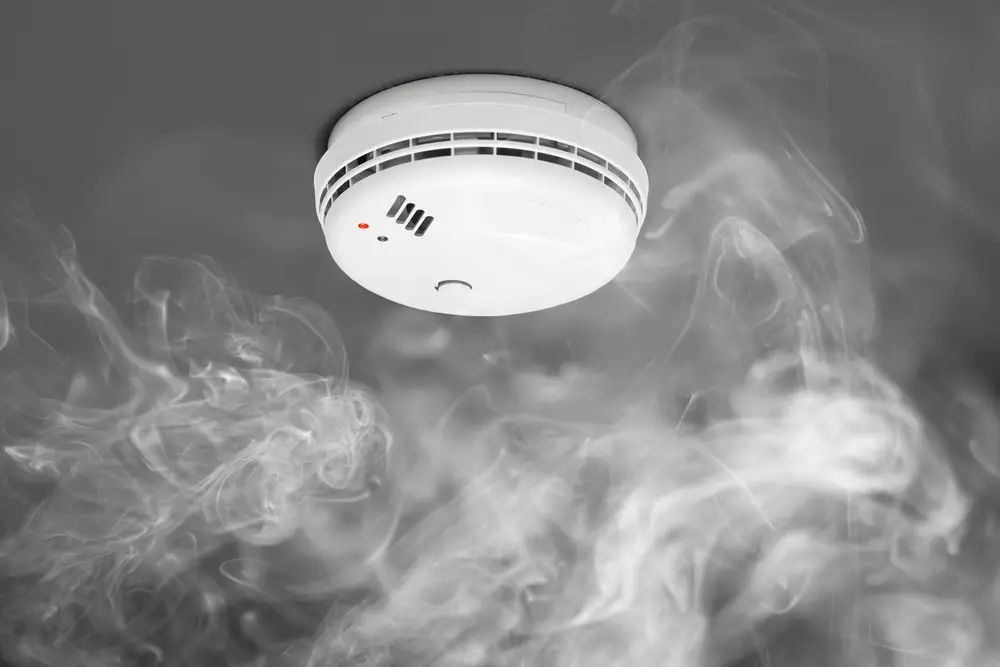
Burn Risks to Children and Pets
Open fires can also cause burns to children, pets, and even adults. Children are very inquisitive to the point whereby even when they have been warned about the dangers of fire, they still want to see for themselves. This ultimately results in burns and other forms of injuries to them. This also applies to pets, especially infant pets.
This is why they should not be left unsupervised in areas where there are open fires.
Adults are also subject to accidental burns from the open fire system. This may occur when they try to refuel the open-fire heating system. It can also happen when the homeowner tries to perform some sort of maintenance or servicing on the system.

Chimney Fire
This is caused by the deposition of the byproducts of combustion on the chimney walls which condenses to form a flammable substance known as creosote.
As the vapor or smoke in the chimney rises, the temperature of the vapor begins to cool down and then attaches itself to the chimney wall to fall creosote. Then this cycle continues and the creosote continues to build up.
Once the creosote is thick enough and the temperature of the chimney is considerably high, the creosote can ignite and start a fire. This fire can spread across various parts of the house and cause damage to life and property.
Reports have shown that there are over 25000 chimney fires in the United States and this results in over $125 million in property damage yearly.

Weather and Wind
Wind is another factor that poses risks to homeowners with open fire systems. Wind generally varies with time and as a result, wind flowing over a chimney can increase draft and pull gases from the open fire or create backdrafts and push the gases downwards into the home.
These gases reduce the quality of oxygen in that living space and endanger the life of the people within that space.
These backdrafts are caused when the temperature around the open fire system or the flue is lower than that of the outside temperature. This temperature drop in the flue or open fire system is a result of leaving the damper open while the open fire system is not in use.
To prevent this backdraft, the homeowner must warm the flue for some minutes before igniting the fireplace. This is done by burning a newspaper or cardboard below the damper for a few minutes before lighting the main fire.
Hearth Safety
The hearth is usually made from a non-combustible (stone, granite, slate) material to help separate the open fire from the living space(furniture) in the house.
If flammable materials are placed on the hearth, these materials could easily go up in flames and cause a fire outbreak. In homes where there is no hearth installed, children and pets are susceptible to contact (accidental or intentional) with the open fire.
It is easy to trip on a hearth. They are often surrounded by a child’s fire guard which keeps little ones off the fire and also reduced the tripping hazard.
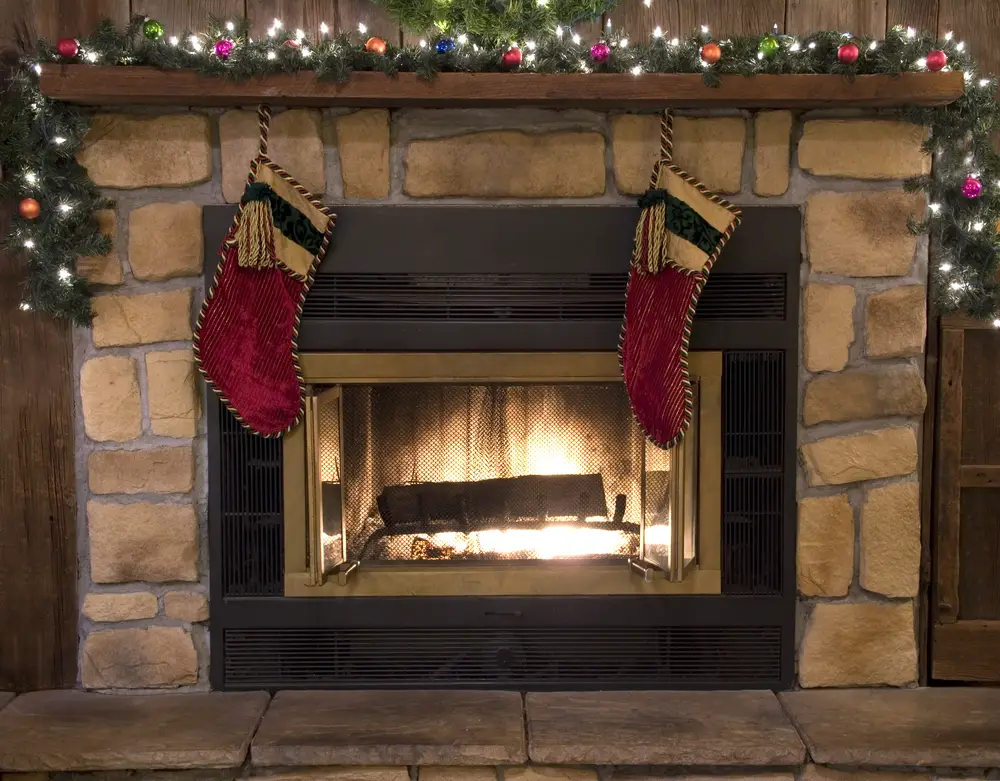
Open Fire Safety Tips
The following are some safety tips to consider when you use your open fire:
Fuels and Firelighters
The only kind of firewood you should burn in your fireplace is dried firewood, also referred to as seasoned firewood. Firewood needs to be “seasoned,” or dried for the duration of an entire season, which could be anywhere from six months to a year or more, depending on how dry the conditions are.
In contrast, freshly cut firewood will produce a lot of smoke and burn inefficiently due to the excess moisture in the wood. However, with correctly seasoned firewood, the fire will burn hotter, which will result in the wood producing more heat.
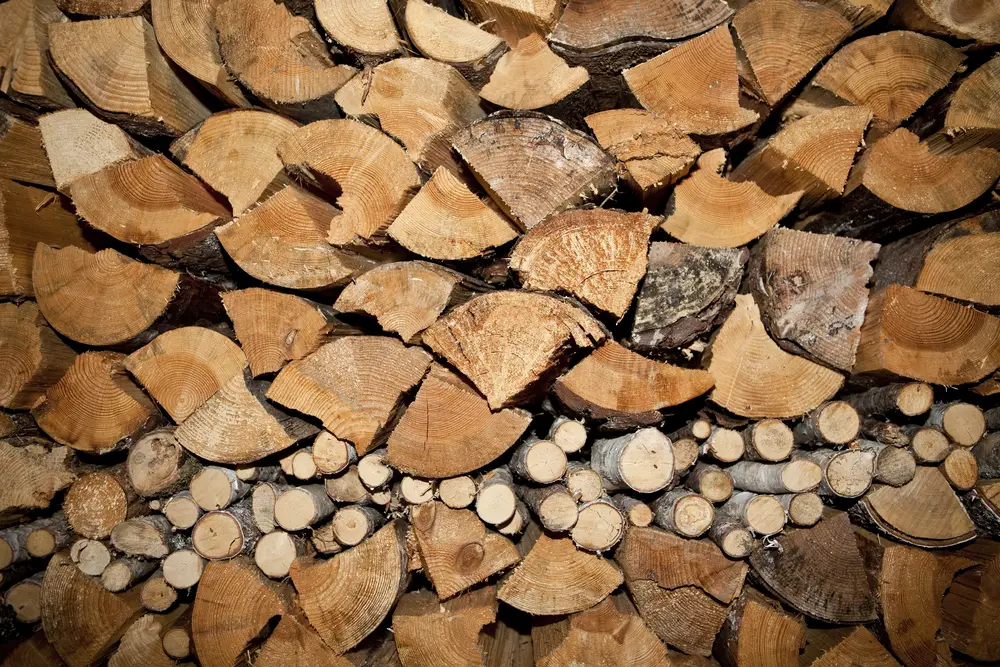
Fire Guards
Fire Guards are usually metallic meshlike frames placed before open fires to prevent accidental contact with open fire, especially with kids and pets. This mesh helps to create a demarcation between the flames and the living space while ensuring there is a continuous supply of heat.
They also help to prevent falling logs and sparks from the fire.
Avoidance of Alcohol when Operating Open Fire
Alcohol impairs judgement. Reports have shown that with 0.02% of alcohol in your bloodstream, your judgement is compromised. This is why one would need to avoid coming in contact with open fire when drunk.
Due to his impaired judgment, the person may choose to drink alcohol while refueling the fire near the open flames. There could be accidental alcohol spillage when refueling and could be fatal for the person because alcohol has a low flashpoint.
Materials with low flashpoint are very flammable when they come close to the fire.
So when operating an open fire, kindly ensure you are of sane mind, to prevent fire accidents.

Alarms for CO and Smoke
All homes with an open fireplace should have at least one carbon monoxide detector. These devices should be placed at a head height and approximately 1-3 meters from the potential carbon monoxide source.
These carbon monoxide detectors work like smoke detectors as they send a high-pitched sound once they detect abnormal levels of CO. This then gives anyone in the house a little time to vacate the premises and alert the appropriate department.
Carbon monoxide detectors rarely raise false alarms except in situations when they are poorly installed. As a result, these alarms should never be ignored else the result may be very fatal.
As reported on the NHS website, about 50 people die yearly from carbon monoxide poisoning in England and Wales. Also, an ITV news article reported that the incidents of carbon monoxide poisoning have risen by over 30% within the last five years.
Even if you do not have an open fire heating system installed in your home or you have an electric system installed, there are still chances of carbon monoxide poisoning. This is because carbon monoxide can seep in through the thickest of walls and enter your living space from a faulty heating system from your neighbor.

Going to Bed
Always ensure the fire is completely out before going to bed. This is because certain factors can raise the flames from the fire and make it come in contact with nearby flammable materials.
Also, when the fire is left to burn while you are asleep, there may be carbon monoxide emissions from the system which could poison the homeowner while they are asleep. This could be very fatal if the person is left exposed for long periods, like the duration of sleep.
Chimney Cleaning
The National Fire Protection Association (NFPA) recommends inspecting and cleaning your chimneys at least once a year by a qualified professional.
This is to prevent home fires caused by the buildup of a substance known as creosote in chimneys. The NFPA has reportedly stated that, between 2014 and 2018, 25% of home fires were caused by a lack of chimney cleaning.
Also, chimney cleaning helps to remove obstructions(creosote, dead leaves, dead rodents) that can lead to carbon monoxide poisoning. It also helps to prevent foul odor from the chimney during hot weather or when the fire burns.
You may decide to clean the chimney yourself if you are sure of what you are doing, else it is best left to a qualified professional. On average, chimney cleaning costs between $129 and $378.
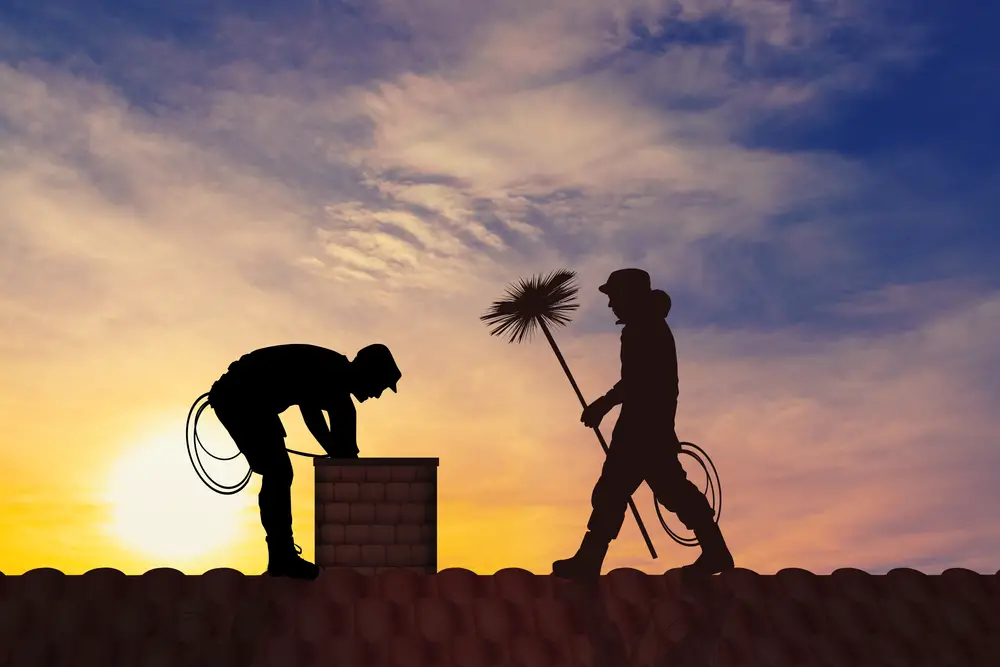
Flues and Oxygen Delivery to the Fire
Flue cleaning goes hand-in-hand with chimney cleaning if your chimney has a flue. Cleaning your chimney or furnace’s flue helps to ensure that there is no blowback of soot into your home, causing carbon monoxide which then reduces the quality of oxygen in the living space.
This soot formation along the flue reduces the concentration of oxygen that eventually gets to the flue. As a result, the heating capacity of the furnace reduces.
Just like your chimney, your flue should be cleaned at least once a year by a qualified professional.
Cleaning and Preparing Hearth
Before burning your fire, ensure the hearth is free of flammable materials or other foreign materials that can easily catch fire. Also, ensure the hearth is clean and does not contain any form of ashes or soot.
If the hearth does have residue of ashes or soot, ensure the hearth is completely cooled down before you begin cleaning.
The way you clean the hearth in your fireplace depends on the material the hearth is made of. This is because the hearth may be susceptible to cleaning damage that may arise from wrong cleaning methods. It is advisable to start cleaning your hearth from an inconspicuous area to see if any damage arises from cleaning it that way.
For granite, ceramic, and slate hearths, soapy water and a mild sponge are recommended for cleaning. While for marble hearths, a microfibre cloth and distilled water are recommended for cleaning. Ensure the hearth is dried with a piece of cloth after cleaning.
Conclusion
Open-fire heating systems are one of the systems people utilize for central heating. Only a few people are aware of the dangers of using them and the various ways to prevent them.
Open fires emit carbon monoxide which is very toxic when inhaled for long periods. This could lead to nausea, vomiting, rapid heartbeat, dizziness, fatigue, headaches, and in severe cases death. Also, open fires are likely to lead to fire outbreaks and burns to both children and pets if they are left unsupervised.
To prevent the dangers of open fires, the NFPA recommends servicing the open fire at least once a year. Also when refueling the fire, the person refueling should be of sane mind. Another course of action is to ensure that the open fire has a fire guard installed to help create a barrier between children, pets, and the fire.
Due to the emissions generated by running the open fires, ensure there is enough ventilation in the room
